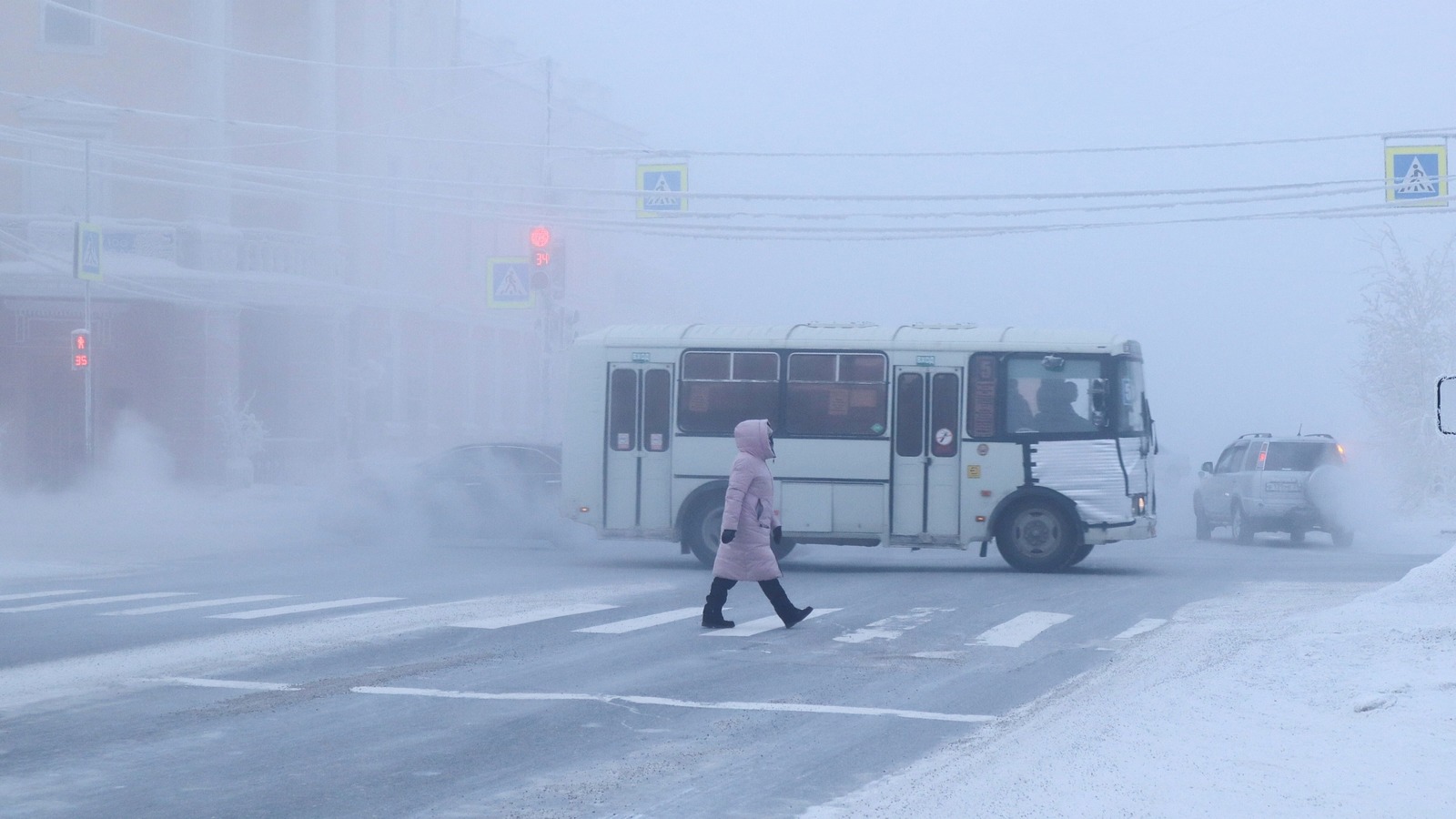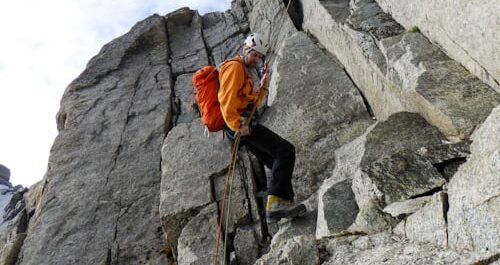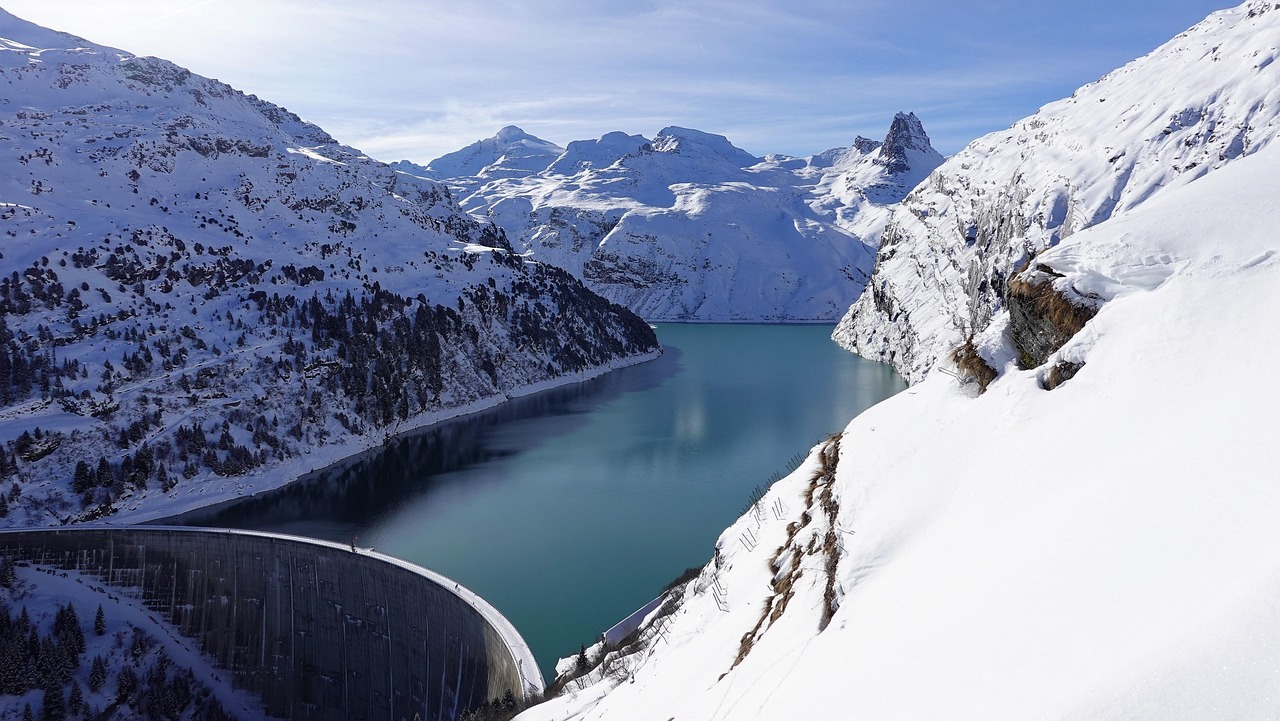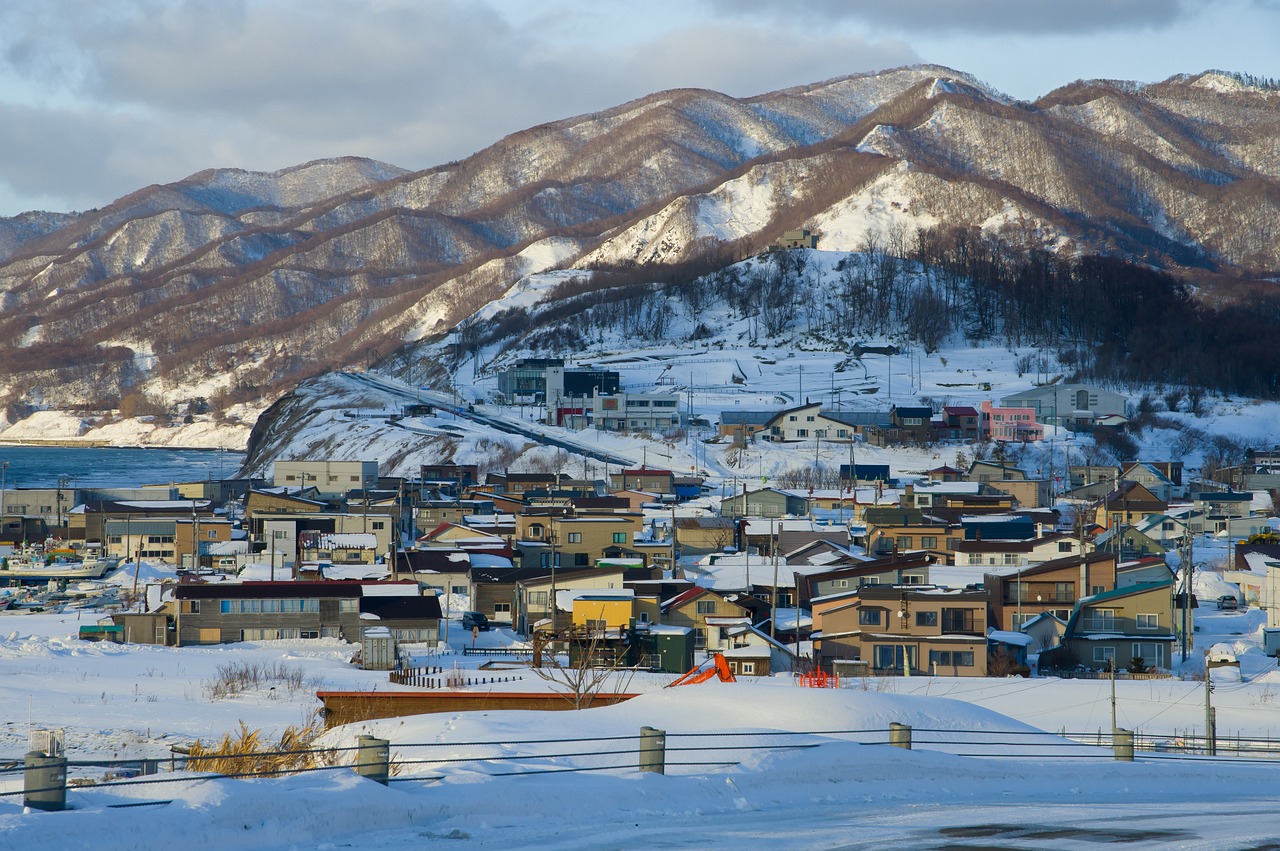Imagine stepping outside and feeling your breath instantly freeze mid-air, the crackle of frost spreading across the ground. Fascinating, isn’t it? While many of us bundle up when the temperature drops slightly, there are places on Earth where such frigid conditions are a daily reality. These are the coldest cities in the world, where survival requires ingenuity, resilience, and a thick winter coat.
This article dives into the frozen landscapes of these cities, revealing what makes them so cold, how people thrive there, and why they’re worth visiting if you’re brave enough.
Understanding Cold Climates
What defines a cold climate?
A cold climate typically experiences long, harsh winters with sub-zero temperatures and short, mild summers. These climates are shaped by environmental factors like latitude, altitude, and proximity to ocean currents. Think of it as nature’s way of testing humanity’s ability to adapt.
Factors contributing to extreme cold
- Latitude: Cities close to the poles receive less sunlight, leading to significantly lower temperatures.
- Altitude: Higher elevations tend to be colder due to decreased atmospheric pressure.
- Geographic Features: Nearby mountain ranges, ice caps, and ocean currents can also amplify cold conditions.
Understanding these factors helps explain why some cities experience temperatures that make you shiver at the mere thought.
Ranking Methodology
How are the coldest cities ranked?
To fairly determine the world’s coldest cities, we considered:
- Average annual temperature
- Record lows during extreme winter conditions
- Location and climate patterns
Data was sourced from international climate databases like NOAA, ensuring the rankings are accurate and reliable.
Why does it matter?
Knowing what defines these cities as the coldest helps us appreciate the scientific and cultural significance of living and thriving in such conditions.
Top Coldest Cities in the World
Norilsk, Russia
- Average Winter Temperature: -30°C (-22°F)
Norilsk is not only one of the coldest but also one of the most isolated cities on Earth, located above the Arctic Circle. Its residents endure months of darkness during polar nights but find community in shared traditions and warmth indoors.
Yakutsk, Russia
- Average Winter Temperature: -34°C (-29°F)
Often dubbed the coldest city on Earth, Yakutsk is a place where even eyelashes freeze. Despite the extreme weather, it thrives, offering unique Siberian cuisine and culture to anyone bold enough to visit.
Oymyakon, Russia
- Record Low: -67.7°C (-89.9°F)
Although primarily a rural village, Oymyakon deserves mention for holding the record as one of the coldest inhabited places. Life here revolves around subsistence, with residents mastering survival against all odds.
Harbin, China
- Average Winter Temperature: -25°C (-13°F)
Known as the “Ice City,” Harbin dazzles visitors with its world-famous ice sculpture festival every winter. It’s a hub of creativity and resilience, combining beauty with cold.
Winnipeg, Canada
- Average Winter Temperature: -16°C (3°F)
Nicknamed “Winterpeg” for good reason, Winnipeg balances its brutal winters with a vibrant arts scene, making it a unique blend of frigid temperatures and warm culture.
Other notable mentions
- Ulaanbaatar, Mongolia
- Barrow (Utqiagvik), Alaska
- Fairbanks, Alaska
These cities also experience extreme cold but didn’t quite top the charts.
Life in Extreme Cold
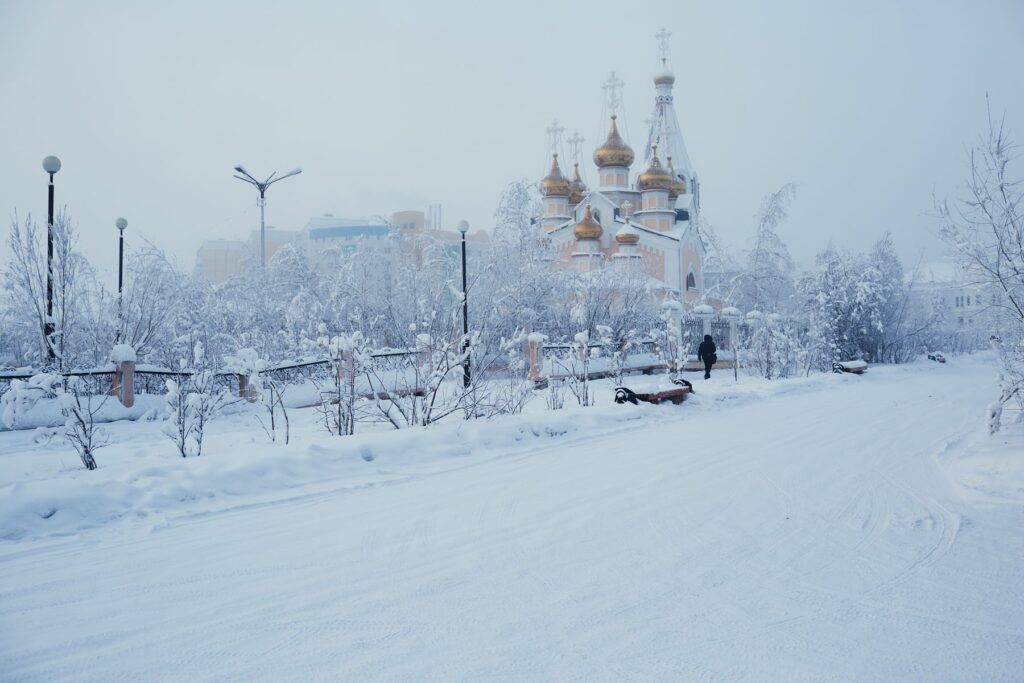
How do residents adapt?
- Clothing: Layering is essential. Residents rely on insulated parkas, fur-lined boots, and thermal gear to stay warm.
- Housing: Homes are designed with proper insulation and heating systems to bear the elements.
- Infrastructure: Roads and buildings in these cities are built to withstand freezing conditions, with specialized materials preventing damage from frost contraction.
Cultural and economic activities
Despite the harsh environment, life flourishes:
- Festivals celebrating the cold, like Harbin’s Ice Festival
- Mining and resource extraction in places like Norilsk and Yakutsk
- Vibrant traditions that foster a sense of community
Challenges and survival strategies
Living in these conditions isn’t without challenges. Food preservation, limited daylight, and transportation require innovative solutions, including indoor farming and heated vehicles to stay functional during freezing months.
The Impact of Climate Change
How climate change affects cold cities
Paradoxically, climate change doesn’t necessarily mean warmer winters. Although some regions experience milder winters, others report extreme weather fluctuations, making life in already harsh cities even harder.
- Melting Permafrost: This threatens infrastructure in cities built on solid ice.
- Warming Temperatures: Unique ecosystems are at risk, altering the way of life for residents.
Future outlook
Cold cities may face entirely new challenges, but their residents exemplify resilience. If climate change continues unchecked, however, global solutions will be required to adapt to an evolving world.
Tourism and Adventure
Attractions and activities
For adventurous travelers, these coldest cities have a lot to offer:
- Ice Festivals: Harbin’s Ice Festival is a breathtaking display of human artistry and endurance.
- Aurora Borealis: Many of these cities offer spectacular views of the northern lights.
- Dog Sledding and Ice Fishing: Experience traditional pastimes in freezing conditions.
Safety tips for visiting extreme cold
- Layer your clothing to prevent frostbite.
- Use moisturizers to protect your skin from the dry cold.
- Stay hydrated, as your body uses more water in these conditions than you’d expect.
Adventure awaits those willing to brave the cold.
People Also Ask
Is Yakutsk really the coldest city in the world?
Yes, Yakutsk is often considered the coldest major city due to its average winter temperatures and record lows.
What is the difference between Oymyakon and Yakutsk?
Yakutsk is a larger city with more modern amenities, while Oymyakon is a rural village known for being one of the coldest inhabited places.
Are these cities worth visiting?
Absolutely! Their unique culture, extreme landscapes, and breathtaking natural sights make them must-visit destinations for thrill-seekers.
The Human Spirit Thriving in Bitter Cold
These cities are a testament to human ingenuity and endurance. They remind us of our ability to adapt and flourish, no matter how challenging the environment. The world’s coldest cities stand as incredible examples of resilience, culture, and community in the face of extreme conditions.
Interested in exploring such places? With a little preparation, you can experience their enchanting beauty and remarkable stories.
